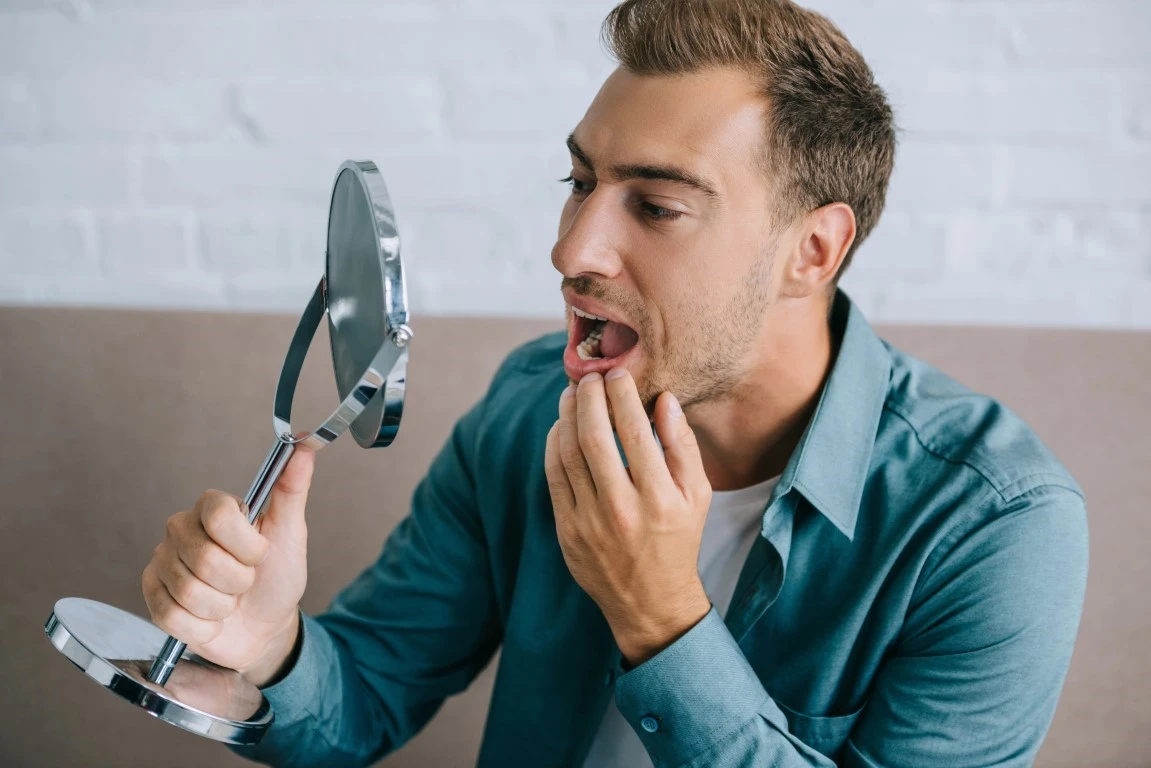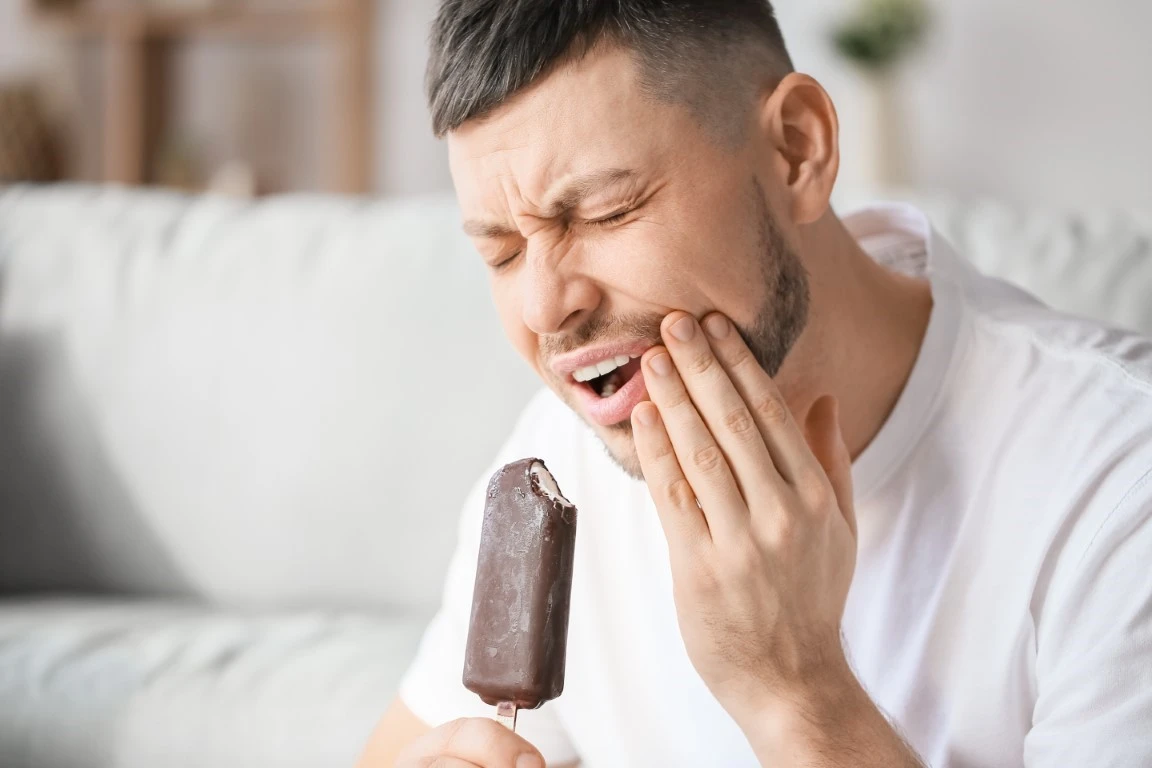7 Tips to Find the Best Dentist for Your Oral Health Needs
Finding the best dentist is essential for maintaining a healthy smile and ensuring long-term oral wellness. Whether you’re new to an area,
Read More6 Signs You Have An Oral Abscess and How Your Dentist Can Help
Toothaches can be a major setback, especially if it seems like nothing you do will make this pain go away. If you’re experiencing a persistent,
Read More5 Signs You Have a Dead Tooth
A healthy tooth is alive, with nerves and blood vessels keeping it nourished. However, when a tooth's pulp dies due to decay, infection, or trauma,
Read MoreIs It Time to Upgrade to an Electric Toothbrush? 8 Great Reasons to Switch
When you visit the dentist, they often have a great deal of advice to help you achieve your best oral health. They’ll provide tips for improving
Read MoreAre Your Cavities Genetic? Everything You Need to Know
Cavities are some of the most common dental issues, with millions of people experiencing them every year. But why does it seem like some people get
Read More
- 1
- 2
- 3
- …
- 8
- Next Page »






